Earlier this month the OfS published two new reports and an accompanying blog about evaluating access and participation activities.
Richard Shiner’s blog, highlights the challenge faced by providers in evaluating access and participation, particularly new and smaller providers. The blog mentions looking to develop new resources. SEER will look to engage with and where possible to help shape this work.
Data use for access and participation in higher education
This report looks at the different data types and systems used by providers for targeting, monitoring and evaluation. It highlights that access to data for targeting stands out as a major barrier for many providers. Even when data should be readily available, such as internal data, the report suggests that almost two-fifths of providers surveyed had problems accessing data from within the their internal systems, impacting the targeting of student success and attainment activities.
SEER has started to help its members to look at how they develop their internal systems to ensure that data is easy to understand and access.
The report recognised the inherent weaknesses that come with any single dataset, and recomments using “a bundle of measures” to overcome the inherent limitations of a single data source.
“This was the recommendation of the Social Mobility Advisory Group to support the expansion of the data available to enable universities to assess their work on social mobility and was included in guidance for the use of data for targeting in contextualised admissions”
The report also recognises that pulling together multiple indicators takes a substantial amount of time and “high-level technical skills are needed to manipulate and analyse the information”.
SEER has recently developed the first stage of our schools targeting database that brings together multiple measures of disadvantage to support members in their targeting.
The introduction of the A&P dataset by the Ofs has afforded higher-education providers a rich source of data, as well as focused attention on the whole student lifecycle. Providers surveyed expressed concerns about the availability of support to interpret the data gaps and/or to recognise where progress is being made. Some would like simpler data based on a narrower set of measures, because complex data systems present challenges to providers with more limited data capacity. At SEER, we can help you to interpret the data from the A&P dataset, and we will be looking at how to can make this data more accessible and user friendly for you.
Understanding the impact of the financial support evaluation toolkit: Analysis and findings
The second report looks at the impact of the financial support evaluation toolkit which was made available by OFFA in 2017. The report found that the toolkit has been successful in helping to improve the quality of the evaluation taking place in relation to financial support, and that providers are now able to demonstrate the positive impact of their investment, rather than just capturing the opinions and reactions from students. Providers have used the evaluation findings from the tool to develop and improve their financial support provision.
If you are not using the OfS financial toolkit already, then we recommend you have a look and see what parts of it might be useful for your institution. The SEER team can support you with this.
One of the recommendations from the report is that the OfS should “consider how it can support smaller and newer providers in the take-up of the evaluation tools. Small providers could be supported by establishing a specialised network to aid financial support evaluation collaboration”. At SEER we think this would be an interesting opportunity to explore, and can facilitate this if there is interest from members.
